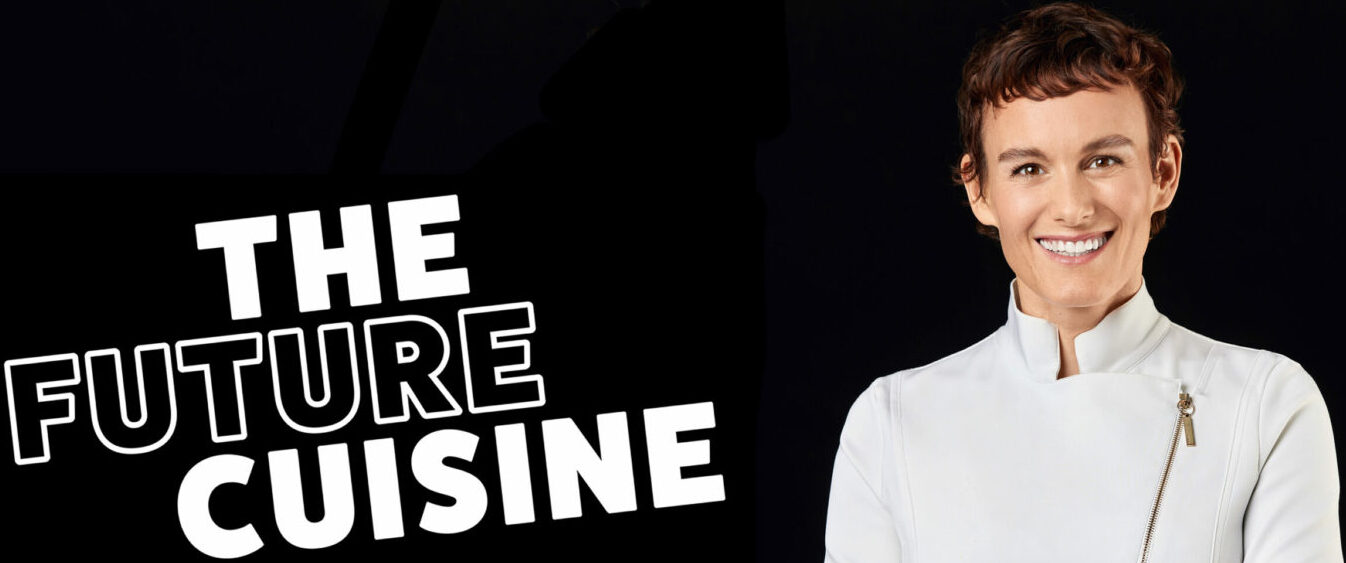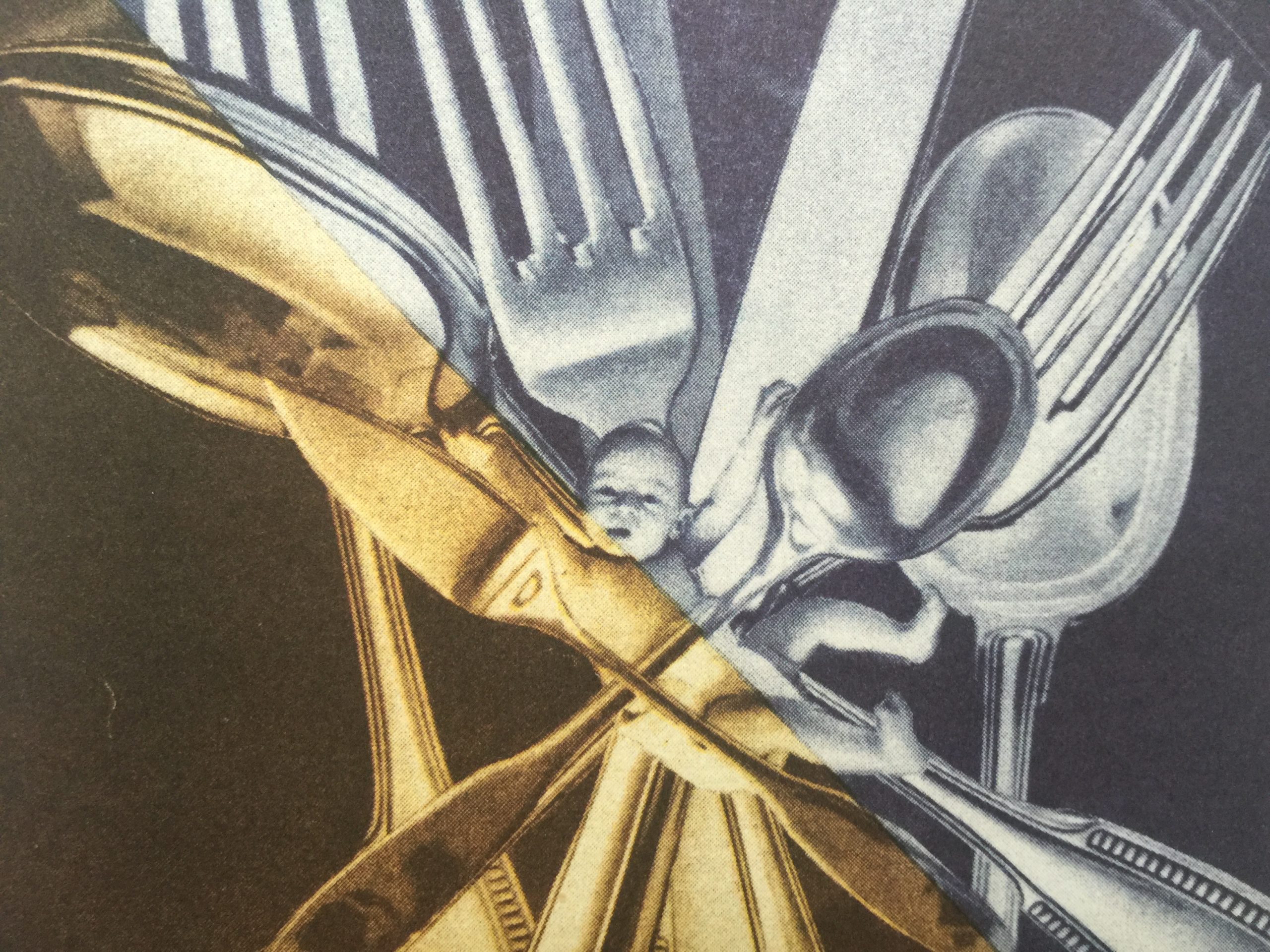There are still refugees in the sea, sometimes as far as the eye can see.
The UN describes the refugee crisis as one of the worst ever.
Please watch the
21.20 minutes long video
on the current situation in Greece (by New York Times).
The war
Troops of President Bashar al-Assad’s government are facing fighters from many opposing warring factions. The civil war was triggered by a peaceful protest during the Arab Spring in early 2011, which escalated into an armed conflict.
In April 2016, the United Nations Special Envoy for Syria, Staffan de Mistura, estimated that 400,000 people had been killed since the start of the war.[10] Around 11.6 million Syrians are on the run: At least four million Syrians fled their country and 7.6 million are on the run inside Syria.[11]
Source:
Wikipedia
The refugee situation
War has been raging in Syria for more than five years. Much of the infrastructure has been destroyed and millions of people have fled to neighboring countries. Those who have remained are stuck between the fronts: over two million children live in regions that are almost inaccessible to aid organizations. Around 600,000 people, including an estimated 260,000 children, are living in besieged cities and neighborhoods.
Unimaginable suffering in Aleppo
The situation in the northern Syrian city of Aleppo, which is currently experiencing the fiercest attacks since the beginning of the civil war, is becoming increasingly dramatic. Up to 250,000 people have been trapped in the east of the city since the beginning of July. Just 14 doctors are left to care for them.
Almost two million people in Aleppo are without running water. In the east of the city alone, 100,000 children are forced to drink contaminated water from boreholes or even bomb craters. Food prices have multiplied and even basic foodstuffs such as bread are no longer available.
A whole life at war
Over 3.7 million Syrian children under the age of five have known nothing but war, displacement, violence and insecurity. More than 300,000 were born in refugee camps in the surrounding countries. UNICEF estimates that 8.4 million Syrian children inside and outside the country are now dependent on humanitarian aid.
Hospitals and health centers are being targeted with unimaginable cruelty. Over 6000 schools were destroyed, severely damaged or converted for military purposes.
Children are not only exposed to violence, displacement and deprivation, but are also increasingly being recruited to fight. Younger and younger children are being sent to the front or used for suicide attacks.
Source:
www.unicef.ch
What you can do
1. sign the petition:
To the Swiss Federal Council
More than 65 million people worldwide are on the run, fleeing war, persecution and violence. Women, children and men are looking for protection, security and a better life. According to the UNHCR, 86 percent of refugees worldwide are in developing countries, while only 14 percent have been taken in by rich countries such as Switzerland.
The neighboring countries of the crisis regions, as well as the states on the EU’s external border, are not in a position to grant refugees the protection they deserve on their own. They need support, including from Switzerland.
In 2015, the Federal Council decided to take in 1,500 particularly vulnerable refugees from Syria within three years and to relieve the burden on Greece and Italy by accepting 1,500 asylum seekers. So far, only a small number have been accepted, although the situation for the refugees in the countries concerned is precarious. Switzerland can and must do more!
We are therefore calling on the Federal Council:
- take in the promised 1,500 particularly vulnerable refugees from the Syrian conflict as quickly as possible,
- to relieve the burden on Italy and Greece as quickly as possible by accepting 1,500 asylum seekers from these countries, as promised,
- show more solidarity and take in more refugees and asylum seekers
Sign the petition, please
here.
2. donations
3. become a foster family for a refugee child
caritas.ch/en/becoming-active/becoming-a-care-family/
4th “With me” project: Becoming godparents of refugee children
5. cook a meal for refugees





















